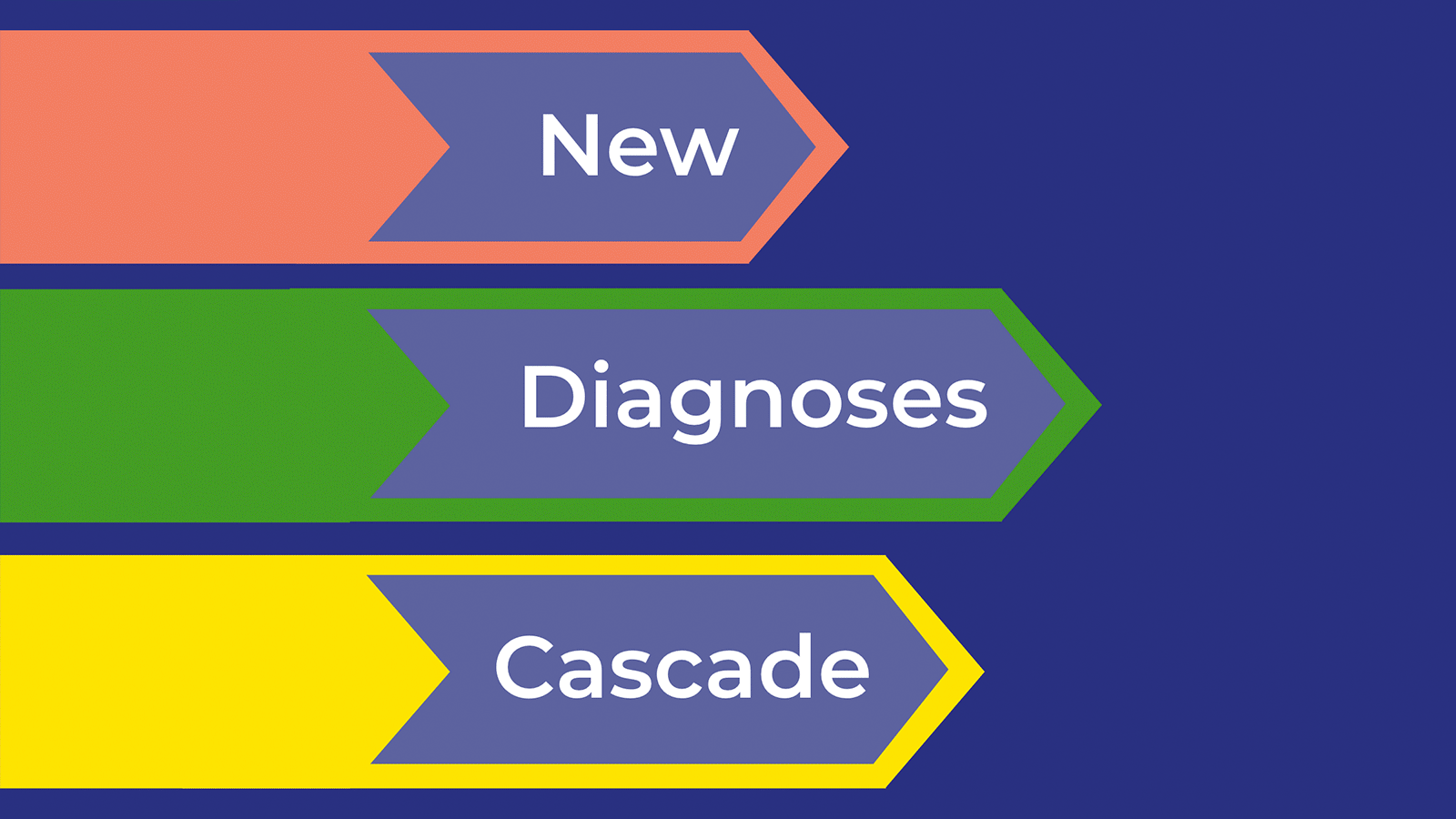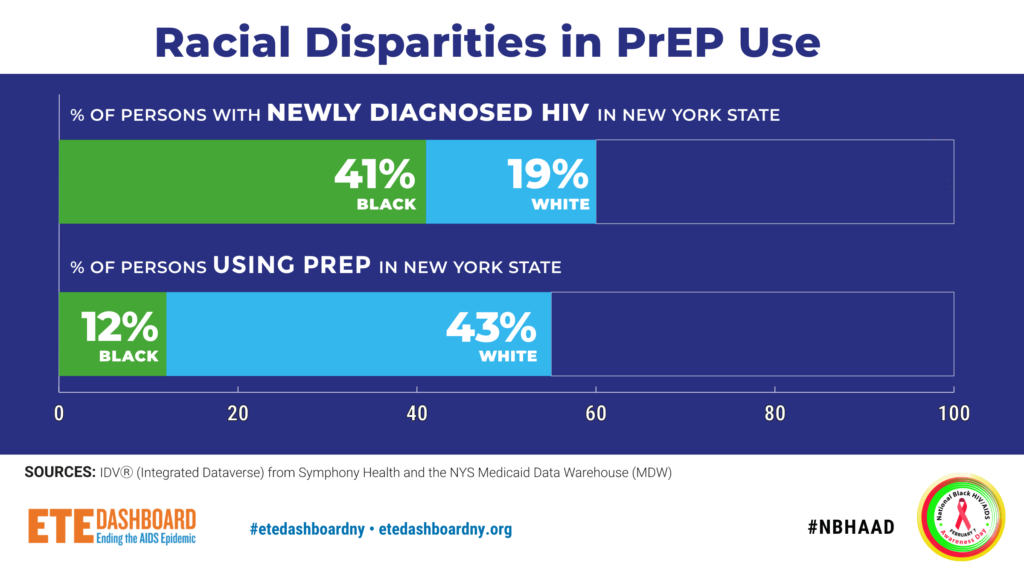2024 National Black HIV and AIDS Awareness Day
February 7th is National Black HIV and AIDS Awareness Day (NBHAAD), a day to raise awareness about the impact of HIV on Black communities and promote HIV testing, prevention, and treatment. Black New Yorkers are disproportionately affected by HIV in New York State (NYS), making up only 14%1 of the population, but accounting for roughly 44% of the 104,120 people living with diagnosed HIV in NYS as of 2022.
While the number of total new HIV diagnoses in NYS increased from 2,120 in 2021 to 2,313 in 20222, possibly as a result of delayed detection during the COVID-19 pandemic, the long-term downward trend has not been evenly distributed. From 2014-2022, new HIV diagnoses among Black New Yorkers decreased 28% as compared to a 38% drop among White New Yorkers.

In 2022, Black New Yorkers made up 41% (938) of new diagnoses compared with 19% among White NYers. Among the 938 Black New Yorkers newly diagnosed with HIV, 54% achieved viral suppression (VLS) within 3 months, compared with 59% and 64% for Hispanic and White New Yorkers respectively, further illustrating the persistence of these racial/ethnic disparities.

Inequities in HIV Prevention
PrEP (short for Pre-Exposure Prophylaxis) is a medication that prevents HIV and promotes sexual health and is a key pillar of ending the HIV epidemic. However, PrEP usage among Black New Yorkers is low compared to other racial groups. In 2022, only 12% of PrEP recipients were Black, even though this group made up 41% of all new HIV diagnoses. These findings suggest that there are still barriers to PrEP access, adherence, and retention among Black New Yorkers, such as medication hesitancy, stigma, lack of awareness, and cost.

The data presented above demonstrate the persistent and stark disparities in HIV outcome data in New York and highlight the need to increase access to HIV prevention, care, and treatment, especially among Black New Yorkers, to end the HIV epidemic in New York State and ensure that no one is left behind.
